REID featuring cellist Maya Fridman is available at NativeDSD in Stereo and 5.1 Channel Surround Sound DSD plus 5.1.4 Channel Auro3D Immersive Surround Sound.
As much as I try to find the right words to describe the intention behind this album, I repeatedly come to a dead end. It is as if I go for a walk through a deep forest: one part of me wants to get lost in unknown territory, while another part of me lingers on the familiar. By trying to make meaning of the world around me, I search for compositions that reflect something eternal, irresistible to change and corruption.
Reid means this journey, the feeling that one world dies somewhere, and a new one emerges with every blink of my eyes. Through this album, I want to take you along on this journey through the worlds of contemporary composers Michael Gordon, Fjóla Evans, Giovanni Sollima, John Tavener, and David Lang.
Our travels start with Light Is Calling by Michael Gordon, written in the aftermath of the terrorist attacks on September 11, 2001. Living so close to Ground Zero, he wanted to make something beautiful after witnessing something so ugly and tragic. The composition juxtaposes the sound of an acoustic cello with electronic pulses played backward, like a heart beating throughout the entire piece.
Maya Fridman – Cello & Vocals
Fieke van den Hurk – Harmonium & Tape Track for “Reid – Hagall – Bjarkan”
Cello Ensemble on “Wake Up and Die”
Kate Moore
Emma Kroon
Maximiliano Segura Sánchez
Alena Kliuchka
Giorgos Kotsiolis
Evelien Fokker
Tracklist
Please note that the below previews are loaded as 44.1 kHz / 16 bit.Total time: 00:50:01
Additional information
| Label | |
|---|---|
| SKU | TTK0046 |
| Qualities | DSD 512 fs, DSD 256 fs, DSD 128 fs, DSD 64 fs, DXD 24 Bit, FLAC 192 kHz, FLAC 96 kHz |
| Channels | 5 Channel Surround Sound, 2ch Stereo, Auro3D, 2ch Stereo & 5ch Surround |
| Artists | Alena Kliuchka, Emma Kroon, Evelien Fokker, Fieke van den Hurk, Giorgos Kotsiolis, Kate Moore, Maximiliano Segura Sánchez, Maya Fridman |
| Composers | Fjola Evans, Giovanni Sollima, John Tavener, Lou Reed, Michael Gordon |
| Genres | |
| Original Recording Format | |
| Amplifier | Hegel H30 |
| Cables | Furutech custom microphone cables |
| Mastering Engineers | Brendon Heinst, Tom Caulfield at Native DSD Mastering Lab (DXD to DSD 512 Transfer) |
| Analog to Digital Converters | Hapi & Anubis, Merging Technologies |
| Editing Software | Pyramix, Merging Technologies |
| Microphones | DPA d:dicate 4006A, d:dicate 4015A, AEA R48A |
| Producer | Brendon Heinst |
| Recording Engineer | Brendon Heinst |
| Recording Software | Pyramix, Merging Technologies |
| Recording Type & Bit Rate | DXD |
| Speakers | KEF Blade Two |
| Mastering Software | Pyramix, Merging Technologies & SIgnalyst HQ Player 4 Pro Mastering Tools (DSD 512) |
| Instruments | |
| Release Date | December 20, 2019 |
Press reviews
Positive Feedback
Maya Fridman’s album, Reið (translated as “Journey”), is an album of such emotional complexity and depth of meaning that it requires multiple listening sessions to begin to absorb. I’ve long savored its complexity and the soundscapes Maya creates within it. The album is tremendously rewarding; it compels one’s full attention.
Opus Klassiek
On the album ‘Reid‘ cellist Maya Fridman, the life partner of the owner of TRPTK, Brendon Heinst, plays the leading role. Not that she does it all alone, because apart from the adjacent electronics in ‘Light is calling‘ and ‘Hell I‘, harmonium and tape in ‘Reid-Hagall-Bjorkan‘ there is the six-piece cello ensemble in ‘Wake up.and That‘.
Speaking of that trumpet, I’ve discussed this brilliant musician before, praising her for her great playing and her fascinating choice of repertoire, way off the beaten track. She has devoted herself with full energy and conviction to the modern and contemporary repertoire, whereby – this new album is proof of this – she does not shy away from crossover. Because she likes to work with living composers, her interpretations also carry a certain amount of authority in that sense.
It has become a colorful program, but that suits Fridman. She has undertaken a journey that introduces us to different landscapes and panoramas. A journey that also takes us through equally different styles and in which the boundaries between ‘serious’ and ‘pop’ have become blurred.
The alternating sighing and longing ‘Hell I’ by the Italian composer and cellist Giovanni Sollima evokes memories of a work like ‘Schelomo’, by Ernest Bloch. ‘Wake up. and die’, on the other hand, is based on the work of the same name for cello and orchestra by John Tavener (not to be confused with the mediaeval John Taverner). Although not a palindrome in the strict sense, the Brit regarded it as such from a musical point of view because ‘waking and dying are like two sides of a piece of paper’. And: whoever awakens spiritually will die in everything that does not belong to God. It is music related to that of Arvo Pärt, deeply religious and rooted in the Renaissance, but with a contemporary touch. Michael Gordon wrote ‘Light is calling’, in response to ‘Nine Eleven’, still a ‘grateful’ subject in artist circles. After all, inspiration can also be drawn from a terrible catastrophe: ‘the bell tolls’. Gordon lived near the ‘Towers’ on September 11, 2001. Fridman clearly believes in it, I less so. I hear too many templates in a meandering discourse. It is typical music in which relatively little happens, but which – and perhaps because of this – is able to hold many a listener in its grip, without becoming soporific.
‘Reid-Hagall-Bjarkan’ by the Canadian-Icelandic composer Fjóla Evans chose the runic script from the Far North in the time of the Vikings as a source of inspiration. ‘Reid’ means journey or journey, ‘Hagall’ interruption and ‘Bjarkan’ rebirth. It is often the case that the relationship between meaning and music does not become clear to the listener, but the result can nevertheless be enchanting. As in Gordon’s piece, however, there is little progression – albeit between – the three parts. Unlike Fridman, however, I have not been able to discover the ‘magic connotation’ in it. Of course, that’s on me and not on Fridman.
That Fridman is not only an eminent cellist but also can sing beautifully is again apparent in Lou Reed’s ‘Heroin’, expertly arranged by David Lang. Reed’s lyrics are referred to in the booklet as sadomasochistic, but despite the vocals, the lyrics should have been included in the booklet. It is typical Velvet Underground, in a fantasy-provoking atmosphere of menace and danger. The most impressive is not the piece, but Fridman’s cello playing in combination with her pore-penetrating voice. When the music has died down, Fridman and the ensemble’s ‘Reid’ has come to an end. It also marks the end of an undeniably far from everyday program in which, in addition to Fridman, there are also musicians (the cello ensemble is expressly included!
HiFi.Nl
REID by Russian-Dutch artist Maya Fridman combines neo-classical cello arrangements with vocals, popular music and dreamy, expansive explorations.
Maya Fridman drew inspiration from Dante’s Inferno in her description of REIÐ, comparing her musical exploration of works and adaptations by modern composers to a walk through a large forest. Part of her wants to lose herself in the unknown and move on, while another part longs for recognition and a familiar environment. REID is therefore Norwegian for ‘journey’ and on four different tracks Fridman takes the listener on a musical journey of exploration.
Through works by Fjóla Evans, Giovanni Sollima, John Tavener and David Lang (Lou Reed), Maya Fridman tells her story, largely with the voice of her own cello and on one track even with her own voice. The album kicks off with the work REIÐ – HAGALL – BJARKAN(free to the runic signs for journey, interruption and rebirth), in which Maya performs the triptych supported by electronic components in a rather captivating way. Then follows Lou Reed ‘s Heroin in an arrangement made by David Lang, which is supported by Fridman himself with captivating vocals. In this way, the artist not only shows herself to be groundbreaking, but also skilled. Her soft voice is pleasant and yet manages to convey the threat in Reed’s lyrics to the listener.
On the religious piece Wake Up… And Die , by the composer Sir John Tavener, who died in 2013. Fridman is beautifully supported by a six-piece cello ensemble, which increases the depth (and the dynamics experienced) and makes the repetitive character of the music more accessible. Finally, there is Hell I by Giovanni Sollima, which served as the opening for Songs from the Divine Comedy, based on the book by Dante Alighieri and (more specifically) on the spot in Jerusalem where, according to Dante, the gates to hell would be located. Not light fare, but refined and titillating.
Both the compositions and Fridman’s playing (and singing) captivatingly reflect her journey and explorations. And although not every piece is equally accessible, Maya gives meaning to the music through a meticulous playing style in which refinement and control go hand in hand. You hear the perfectionism, without it becoming clinical. With that transfer of emotions, not least because of Maya’s refined voice, REIÐ is more than worth listening carefully. Provided you’re in the mood, because the album does require a lot of attention to enjoy it.
The music recorded in DXD 352.8 kHz/32 bit is due to the careful production. On a good hi-fi system, you as a listener are really rewarded, because the music is not limited and is therefore better able to really be experienced. Recommended for that reason alone!
Grimm Audio
Maya Fridman’s latest album is called Reid and it really enchanted us. It offers a fascinating mix of electronic landscapes with solo cello that explore the boundaries of classical and pop music, ensuing in an intriguing piece by John Tavener for solo cello accompanied by six more cellos. And finally as catharsis, a magnificent interpretation of Lou Reed’s Heroin, in which Maya both plays cello and sings.
The music on this album resonates perfectly with the current atmosphere of ‘fear for an uncertain future’ due to the Corona virus crisis.
Positive Feedback
Flying colors here. For example, Maya Fridman’s stellar Reid in Stereo DSD 512 from TRPTK and exclusively available from NativeDSD.com was brilliant, and simply sang via the Aqua Formula xHD Rev. 2.0.
The DSD 512 has a very clear articulation of the strings. The opening dialog between the synthetic bell-like notes and the cello in “Light is Calling” is haunting. Not surprising, since its composer, Michael Gordon, wrote it in the aftermath of 9/11, an event that occurred while he was in New York City.
BTW, if you haven’t heard DSD 512 yet, you really should experience it.
Only logged in customers who have purchased this product may leave a review.

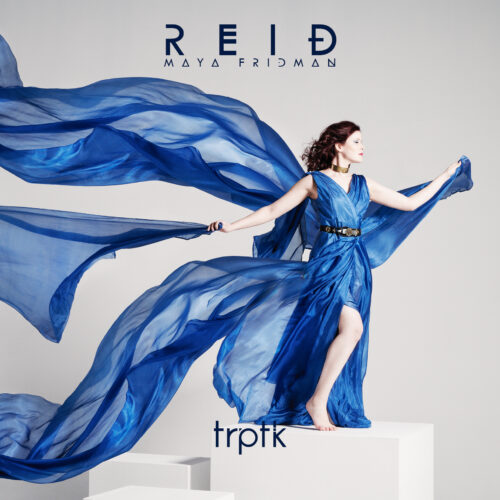
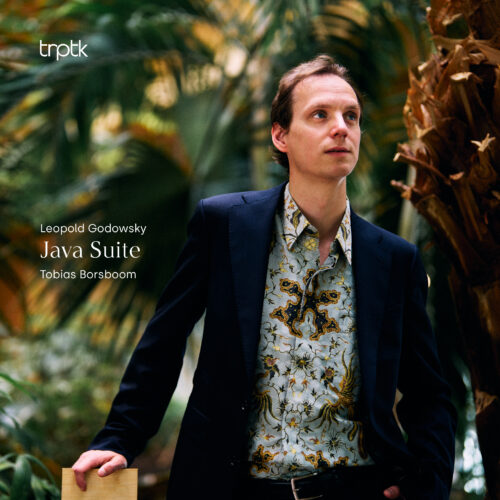
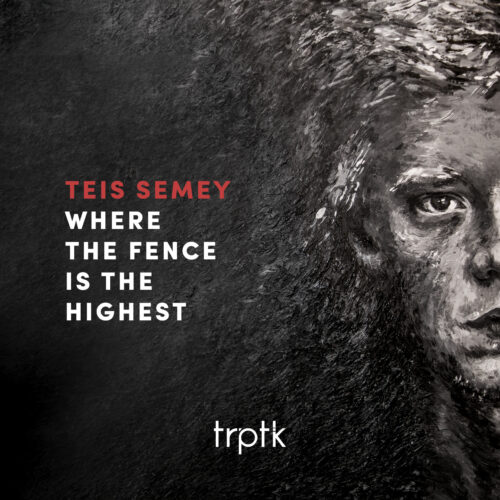
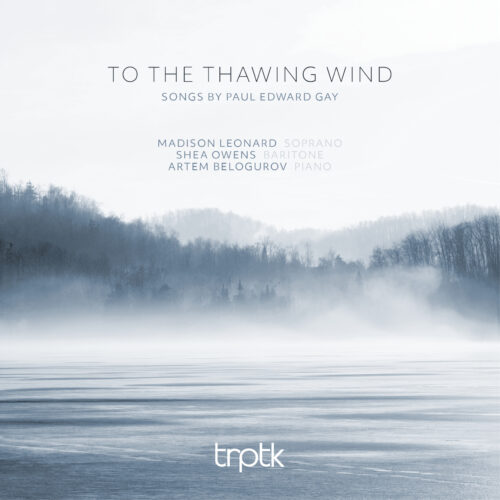
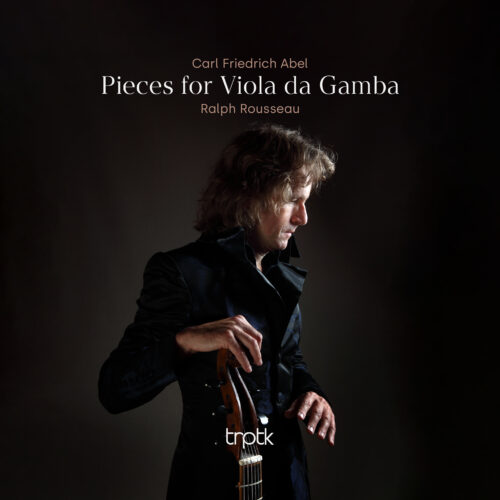
Reviews
There are no reviews yet.